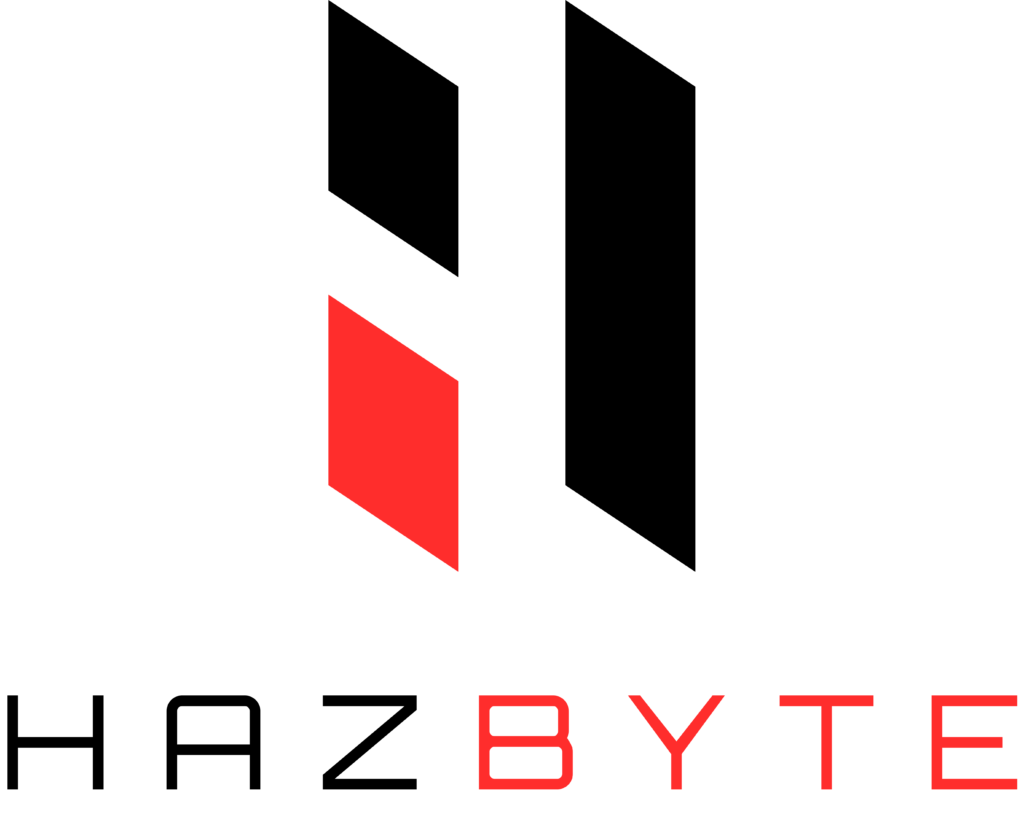
By Manick Mallick | Edited By Hazbyte | Published on 25th Mar 2024
In recent years, Generative AI has emerged as a double-edged sword, with its capabilities spanning from creative content generation to controversial deepfake technology. While deepfakes have garnered negative attention for their potential misuse, they also hold great promise for various domains, one of which is Human-Computer Interaction (HCI). In this comprehensive guide, we’ll delve into the concepts of Generative AI and deepfakes and then explore their potential for HCI, particularly in the realm of deepfake personas or deepfake user personas.
Table of Contents
- Rise of Generative AI:
- Controversy of Deepfakes:
- Potential of Deepfakes for HCI:
- What Are Deepfake Personas?
- Challenges and Considerations:
Rise of Generative AI:
Generative AI, the offspring of machine learning and neural networks, has revolutionized the way we approach data, image, and text generation. This technology has made it possible for machines to generate human-like content, raising both discussion and concern.
Controversy of Deepfakes:
Deepfakes, among the myriad applications of Generative AI, have gained a negative reputation. They involve using AI algorithms to create realistic-looking but entirely fabricated content, such as videos or images. This technology, though impressive from a technical standpoint, has raised significant ethical and security concerns.
Potential of Deepfakes for HCI:
Despite the negative reputation surrounding deepfakes, they hold immense potential for HCI. HCI is a multidisciplinary field that explores the interaction between humans and computers, with a focus on improving user experiences.
What Are Deepfake Personas?
Deepfake personas are simulated characters or user profiles created using deepfake technology. Unlike traditional personas, which are based on real individuals, deepfake personas are based on aggregated data from user or customer bases.
Benefits of Deepfake Personas in HCI:
Personalized Assistance:
- Deepfake personas can be used as virtual assistants with human-like characteristics, enhancing engagement and intuitiveness in interactions with technology.
User Testing:
- Designers and developers can use deepfake personas to simulate user interactions and gather valuable insights during the development phase of software or applications.
Language Learning:
- Deepfake personas can serve as conversational partners for language learners, providing a realistic environment for practice and improvement.
Entertainment and Gaming:
- In the world of entertainment and gaming, deepfake personas can elevate storytelling by creating lifelike characters and enhancing immersion.
Challenges and Considerations:
While deepfake personas offer exciting possibilities, there are also challenges and considerations to address:
- Ethical Concerns: Ensuring responsible and ethical use of deepfake technology to prevent misuse and deception.
- Validation Techniques: Developing robust validation techniques to ensure the accuracy and reliability of deepfake personas.
- Empirical Research: Conducting empirical research to understand the impact and effectiveness of deepfake personas in various HCI contexts.
Conclusion
While the journey from Generative AI to deepfakes may have been fraught with controversy, it’s essential to recognize the potential these technologies hold, particularly in fields like HCI. Deepfake personas, when used responsibly and with ethical considerations in mind, can pave the way for exciting and innovative applications that improve our interactions with technology. As we continue to explore the capabilities of Generative AI, it’s crucial to strike a balance between innovation and responsible use to unlock the full potential of these transformative technologies.
Summary
Generative AI’s emergence brought deepfakes, controversial yet promising. Deepfake personas, simulated characters crafted by AI, hold potential for Human-Computer Interaction (HCI). Benefits include personalized assistance, user testing, language learning, and enhanced entertainment. Challenges like ethical use and validation persist. With responsible application, deepfake personas offer innovative HCI solutions, urging a balance between innovation and ethics in technology.

Opting for Hazbyte for authentic AI tools information and reviews is a wise choice for several compelling reasons. Hazbyte stands out as a reliable source, committed to providing unbiased and accurate insights into the ever-expanding landscape of AI tools. The platform employs thorough research methodologies, ensuring that the information presented is up-to-date and reflective of the latest advancements in the field. The reviews on Hazbyte are characterized by their depth and comprehensiveness, offering valuable perspectives on the functionality, usability, and real-world applications of AI tools. The platform’s commitment to transparency and objectivity instills confidence in readers, making it a trustworthy guide for individuals seeking genuine evaluations before making informed decisions. Hazbyte’s dedication to delivering credible and unbiased content establishes it as a go-to resource for those navigating the complex and rapidly evolving realm of AI tools.




